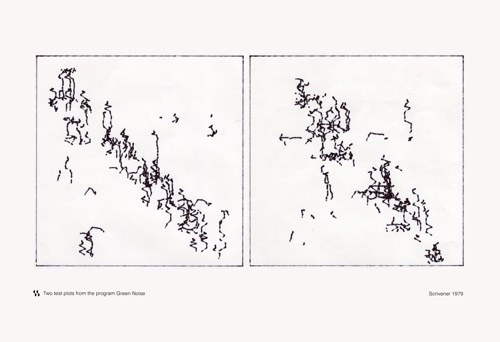Stephen Scrivener
In 1969 Stephen Scrivener commenced a fine art degree (then called a Diploma in Art and Design) at Leicester Polytechnic as a representational painter but, influenced by Jack Rodway and Gavin Bryas, he began working experimentally, producing a body of work exploring the image making potential of natural phenomena.
Post Diploma, in 1972, he entered the first cohort of the newly created Experimental Department, led by Malcolm Hughes, at the Slade School of Fine Art, London. While there he began writing computer programs that modelled homeostatic systems. That is, systems that model natural organisms that seek to maintain a stable relation with an environment following disturbance in organism/environment equilibrium. Like a pond that settles flat at its surface after a pebble has been thrown into it.
In 1974, he returned to Leicester Polytechnic to commence a PhD in Computer Science, under the supervision of Ernest Edmonds. From 1972 until 1984, he focussed almost exclusively on the production of algorithmic art, the primary works being Homeostasis, Fifteen, Sixteen, Pop-out and Greenlines.
His work often has a time-based dimension and, typically, chance contributes, as does the viewers' interactions with the work. Today, he works in representational, abstract and experimental modes in a variety of media, depending upon what seems appropriate to the idea. His work is underpinned by an interest in series and repetition, change and order, experimentalism, playfulness (including the absurd) and participation.
Artworks
Two test plots from the program Green Noise (1979)

Series 1+ 9 PE Nos 1 and 9 (2023)

More information
- www.stephenscrivener.com (Personal Website)
